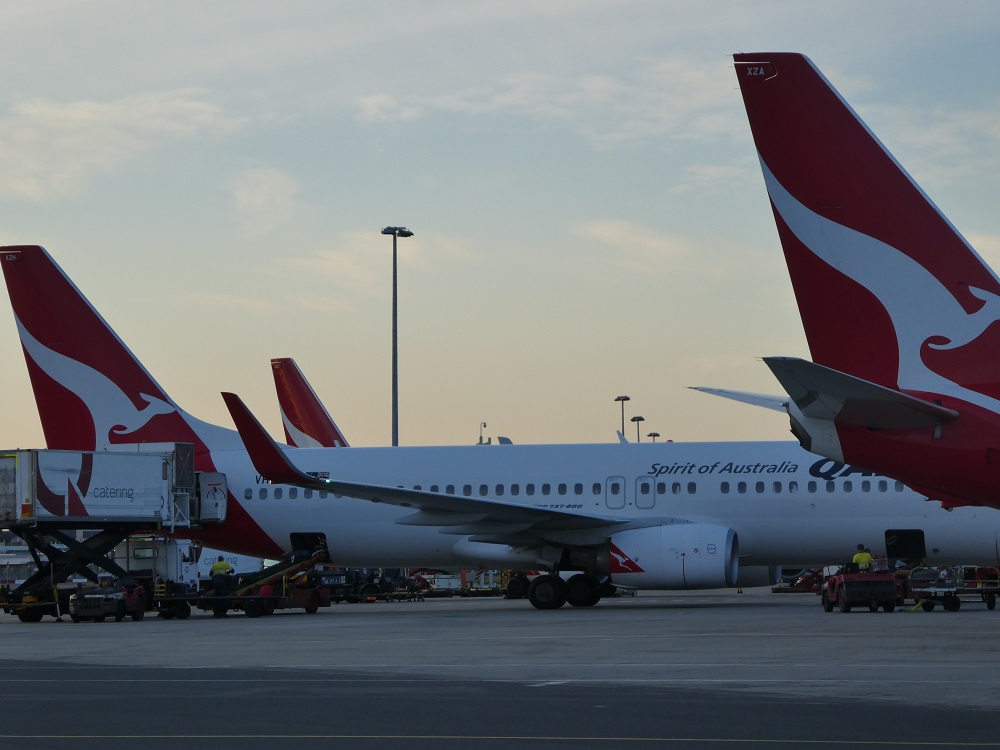A new push to use biometrics and US-style passenger pre-clearance on flights between Australia and New Zealand could slash travel time for almost seven million passengers by at least an hour.
A report by international consultancy Airbiz Aviation Strategies argues that allowing passengers undergo immigration clearance at the departure point passenger would reap benefits for airlines, airports and border protection agencies.
It says it would slash the number of people standing in international arrival queues, boost security and reduce the pressure on airports.
The travel experience would also be improved by allowing travellers to arrive at their destinations essentially as domestic passengers.
The “Fast Forward; Streamlining trans-Tasman air travel” report for the Tourism & Transport Forum is the latest to look at ways of simplifying travel between the neighbouring countries.
Although automation has already made some inroads into improving the experience, travellers must still go through immigration and quarantine at both ends of the journey.
The TTF suggests the use of advanced facial recognition technology to identify trans-Tasman passengers as part of the pre-clearance process. This would simplify border procedures by identifying them as they pass points between the baggage check-in and the aircraft without the need to produce travel documents.
This is something already being tested by technology company SITA and Air New Zealand at Brisbane Airport.
SITA’s Smart Path technology uses biometrics to allow passengers to present their details at a self-service check-in kiosk and use an automated boarding gate to verify their identity using facial recognition to access the aircraft.
SITA says the trial is working well with the government satisfied with the checks being done and operational benefits flowing to the airline and airport.
“Using information provided before departure, this system would also enable the majority of passengers to collect their luggage from a ‘domestic-like’ reclaim area, and leave without further formalities,’’ TTF chief executive Margy Osmond said.
“This would potentially enable many trans-Tasman air services to operate from integrated domestic/international terminals, freeing up gates in pure international terminals, reducing arrival and departure queues, and potentially streamlining flight connections for passengers transferring between trans-Tasman and domestic flights in both Australia and New Zealand.”
Osmond said a visitor economy going from strength to strength each year was rapidly overtaking the capacity of airports to deal with higher volumes.
“The answer does not lie in continually building or expanding terminals to absorb the growth,’’ she said.
“We need to speed up passenger movement through our existing international terminals, and the fastest and smartest way is to remove people from queues who don’t need to be there.
“The obvious place to start this reform is between Australia and New Zealand, two markets which deliver more visitors to each other than any other market.”
























